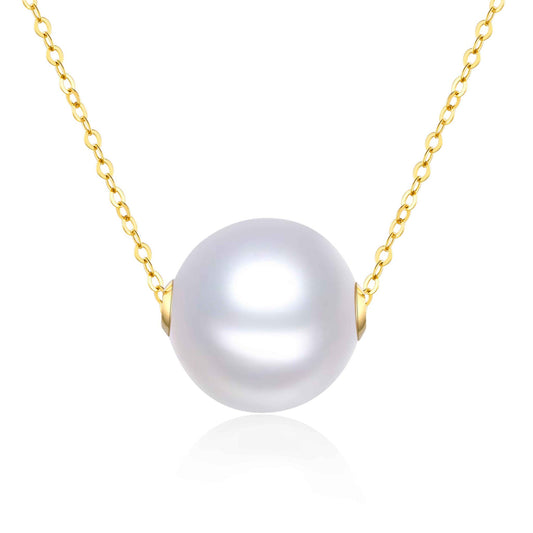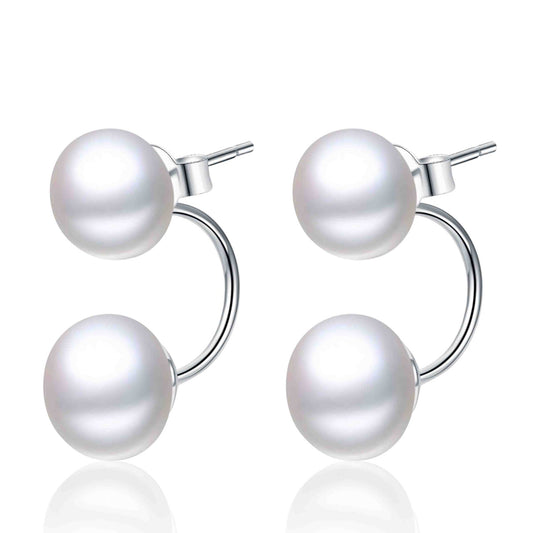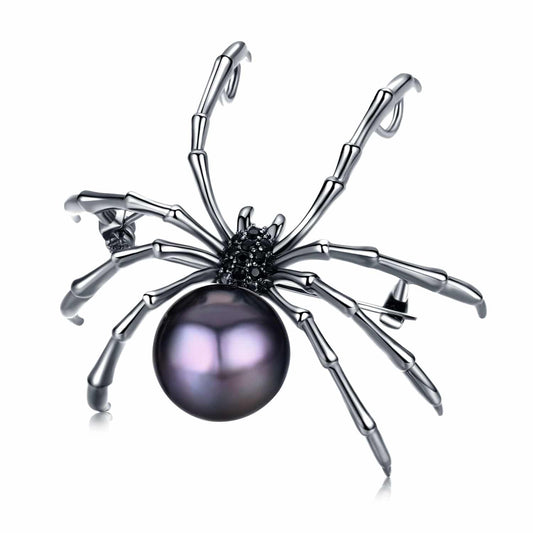
Key Factors of Freshwater Pearls Industry
Share
Freshwater pearls are nurtured in non-saline environment and developed in freshwater mussels or oysters. The freshwater pearl cultivation is initially originated at China however the systems are used and bespoke according to the company’s compliance. The Chinese government recognized system excludes beaded, souffle, Ming, Edison and metallic pearls. On global scale, Freshwater pearls are categorized into 15 natural colors, six shapes, and four luster classifications and 14 surface grades. Internationally, freshwater pearls are classified into two categories; Fine and Commercial grade.
The key factors of freshwater pearl industry are freshwater farming, Processing, wholesale market and jewelers.
Freshwater pearls cultivation
Freshwater mussels are the key source of freshwater pearls. They are bred in ponds, lakes and rivers. The farmers plant their mussels and oysters in freshwater, add mother-of-pearls tissue in mussels and leave them in water to form the lustrous pearls. After a specific period, the freshwater pearls are harvested and ready to get transported in market. Freshwater pearls farming is specifically void to pollution that has to be taken care on priority level. China, Japan and U.S are the major freshwater pearl farming industries on global level.
Pre-treatment Processing
Typically the freshwater pearls are bought infused with their shells. After mussel’s cultivation and harvesting, freshwater pearls are delivered to the first-stage factory for processing. At the factory, the pearls are sorted out according to their shapes and colors after which they are moved to cleaning process. The cleaning process is done with certain cleaning agents that sanitize the pearls without damaging their luster and quality. After first-stage process, pearls are considered dispatched to the pre-treatment process factories.
Dye Processing
The freshwater pearls are pre-treated in a warm and chilled chemical solution and bleached. Those freshwater pieces that have naturally strong coloration are not bleached or dyed in order to maintain its natural color.
Polishing
After chemical treatment, freshwater pearls are drilled and polished with cornmeal and wax mixture.
Stranding
After first-stage treatment the pearls are matched and thread into transitory strands and further sorted into hanks. One hank is composed of 5-10 temporary strands that are considered ready for whole-sale purchase.
Pearl Grading System
Pearls are graded into two major grading scales i.e. AAA-A & A-D. These scales are called Tahitian scales and recognized internationally. These scales are the most accepted and reputably considered by all wholesale and retail dealers of freshwater pearls. However, buyer has to learn to get expertise in analyzing the quality of pearls on their own.
AA or AA+= commercial quality
AAA or AAA+= fine quality
AAAA or AAA+ quality is totally rare.
Jewelry making
Fine freshwater pearls are purchased by jewelers who transform these elegant organic gems into the finest wearable products. Since pearls also contain spiritual and healing properties, they are used in many jewelry items according to client’s needs.



